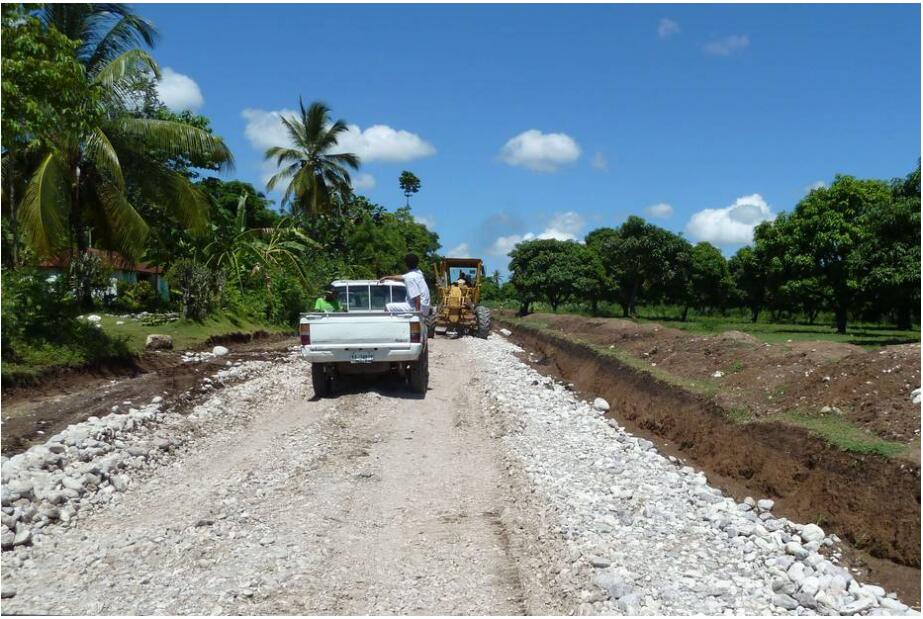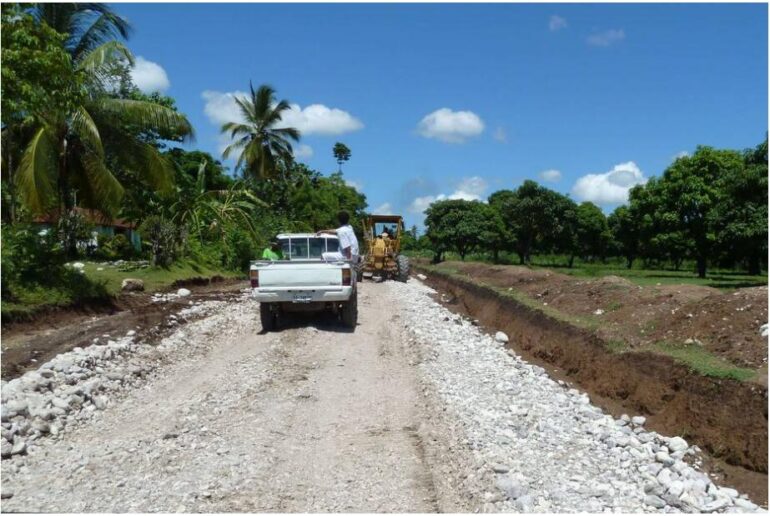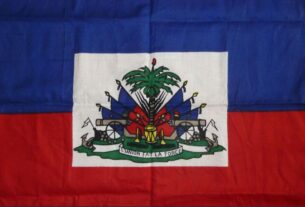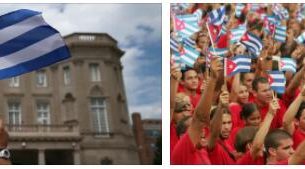With 362 residents per km 2, Haiti is one of the most densely populated countries in Central America. While the population at the last census in 2003 showed a population of 8,373,750, today it is assumed to be 10,033,000. Since births and deaths are not always registered, it is difficult to precisely record the population. 33% of the population live in the cities, with most of them concentrated in the greater Port-au-Prince area with an estimated 2.4 million. The society of Haiti is not very fragmented; it consists mainly of people of African and African-European origins. Estimates of demographic distribution fluctuate. The information on the proportion of residents of purely African origin varies between 60% and 95%. The official languages of Haiti are Haitian Creole and French, with French still playing the predominant role as an educational language, while Creole predominates in everyday life.
Estimated GDP: US $ 9.42 billion (2018, source: Statista)
Per capita income (purchasing power parity): 1665 $ (GDP pc PPP, HDR 2019)
Human Development Rank (HDR 2019): 0.503, rank 169 (of 189)
Population in multidimensional poverty: 58.5% (HDR 2019)
Distribution of income (Gini coefficient): 41.1 (BTI 2019)
Economic transformation index: 2.96, rank 125 BC 137 (BTI 2019)
Economy Overview
The former pearl of the Antilles is now the poorest country in the western hemisphere. Haiti has been largely dependent on development aid since the earthquake in 2010. Even three years after the earthquake, the economic situation in Haiti is still precarious and reconstruction is only progressing slowly.
Economic development
According to computerdo, Haiti is a country located in Caribbean sea.The former pearl of the Antilles is now the poorest country in the western hemisphere. Haiti has been largely dependent on development aid since the earthquake in 2010. The reason for the ongoing economic misery is to be seen not least in unstable political conditions and corruption. In addition, a pronounced brain drain exacerbates the situation as well-trained specialists leave the country for economic and political reasons. The economic situation in Haiti remains precarious. Reconstruction after the 2010 earthquake is still ongoing. The 2010 donor conference committed 9.4 billion US $ was not enough to cope with the country’s structural problems, so that a large part of the population still has to live without access to sterile drinking water and without a functioning waste system. Regular natural disasters, such as Hurricane Matthew in October 2016, repeatedly set Haiti back in its economic development.
Natural resources
After it was assumed for a long time that Haiti has little natural resources, the extraction of which is uneconomical, not only a decommissioned copper mine is to be reopened, the country is currently in a real gold rush.
A number of test wells in recent years have found that in the north of the country, near Trou du Nord, precious metals worth over $ 20 billion are underground. On the one hand, these findings arouse hopes that Haiti’s economic situation will improve, but critical voices are also being voiced. Haiti’s geological vulnerability could also mean an opportunity, as they often find gold, silver and copper veins in earthquake areas. Significant gold deposits are currently suspected in two locations. The test holes are undertaken by US and Canadian companies that have invested more than 30 million US dollars in the project over the past few years and hope to begin funding in the next few years. In addition, the first significant silver deposits were discovered in April of this year, and abundant copper deposits are suspected in several places.
At the moment, three companies are considering investing in mines in Haiti, but only the Haitian company SOMINE currently has mining rights in the north of the country. It was only after the earthquake that investors began to show interest in mining rights in Haiti, for example a Canadian company bought all of SOMINE’s shares. Gold was last mined in the 16th century in the time of Columbus by the Spaniards, but they soon concentrated their interests on the mainland, which promised larger gold deposits. Geologists had already pointed out gold and copper discoveries in Haiti in the 1970’s, but in view of the precarious political situation in the country, there were no interested investors.
Critics point out that the profits from the extraction of the mineral resources due to the corruption and the overwhelming power of foreign investors could either flow abroad or the pockets of a few and could not represent a profit for the country itself. They also fear that the mining operations could exacerbate the precarious ecological situation in Haiti.




